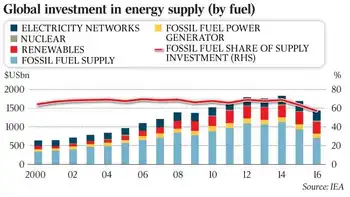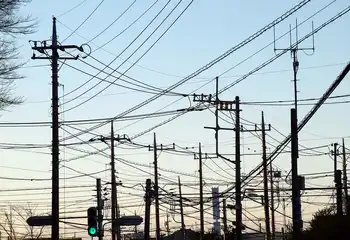OPA chooses Summit Blue Canada for evaluations
This energy efficiency initiative includes the BOMA Toronto Program, City of Toronto Better Buildings Program, and Toronto Hydro's Business Incentive Program, which are all aimed at the Toronto market, and the Electricity Retrofit Incentive Program, which is aimed at the rest of the Ontario market.
"The Summit Blue team is eager to work with the OPA and program implementation managers to assess this important initiative," said Gay Cook, Senior Consultant with Summit Blue Canada and Program Manager for this project. The commercial and institutional segments contribute to a substantial portion of the electricity demand, especially in Toronto, and the evaluation of the program will be aimed to help improve the delivery and increase program impact.
According to Dan Violette, CEO, Summit Blue Canada is "focused on meeting the needs of the Canadian market for the full spectrum of energy efficiency and demand-side issues from planning through evaluation." These include estimation of technical potential, program design and implementation, portfolio and program evaluations, measure and market characterizations, and regulatory support and expert witness services. Summit Blue also offers a similar set of services for renewable energy and energy management projects and programs.
Related News

IEA warns fall in global energy investment may lead to shortages
MELBOURNE - An almost 20 per cent fall in global energy investment over the past three years could lead to oil and electricity shortages, and there are concerns about whether current business models will encourage sufficient levels of spending in the future, according a new report.
The International Energy Agency’s second annual IEA benchmark analysis of energy investment found that while the world spent $US1.7 trillion ($2.2 trillion) on fossil-fuel exploration, new power plants and upgrades to electricity grids last year, global energy investment was down 12 per cent from a year earlier and 17 per cent lower than 2014.
While the…




